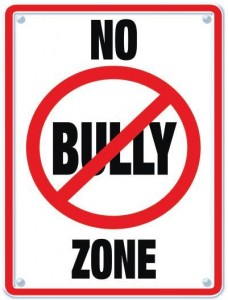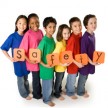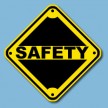What Is Bullying
What is Bullying?
Bullying can be many things; calling names, saying or writing nasty things about someone, leaving someone out of activities, not talking to them, threatening them, making the person feel uncomfortable or scared, taking or damaging their property, hitting or kicking them, or making them do things they don’t want to do.
Bascially bullying is when one child repeatedly picks on another child who is weaker, smaller, and more vulnerable. Bullying is different from fighting. What makes it different is the power the bully has over the other child. Bullies try to control other children by using scare tactics.
Girls, as well as boys, can be bullies. A bully picks on other children by teasing, threatening, or attacking them, excluding or starting rumors about them. We often see this in the schools, mostly when there are no adults around like in halls, at lunch, or on the playground.
When Your Child is the Victim
Speak to and work with your child on how to stay safe and make good decisions. Here are some tips:
1. Teach your child to stand their ground. Look the bully in the eye, stand tall, use a firm voice, and stay calm. This takes practice this at home.
2. Teach your child when and how to ask for help. Your child should not be afraid to ask an adult for help when bullying happens.
3. Encourage your child to become friends with other children. Your child can join adult-supervised groups in and out of school. Have your child’s friends come over to your house. Children who are loners are more likely to get picked on.
4. Encourage your child to develop new abilities and interpersonal skills, through such activities as team sports, music groups, or social clubs. When children feel good about how they relate to others, they feel better about themselves and are less likely to be picked on.
5. Make sure an adult who knows about the bullying can watch out for your child’s safety and well-being when you cannot be there.
6. Talk with the school principal or guidance counselor, as well as the teachers. Alert them to the problems you see, and work with them on solutions. When school officials know about bullying, they can help stop it.
7. Write down and report all bullying. By knowing when and where the bullying occurs, you and your child can better plan what to do if it happens again.
Source: Massmed.org Image source: irishdigest.com









